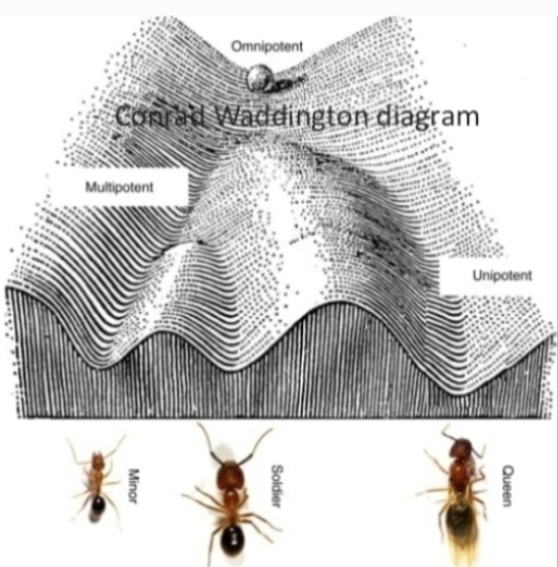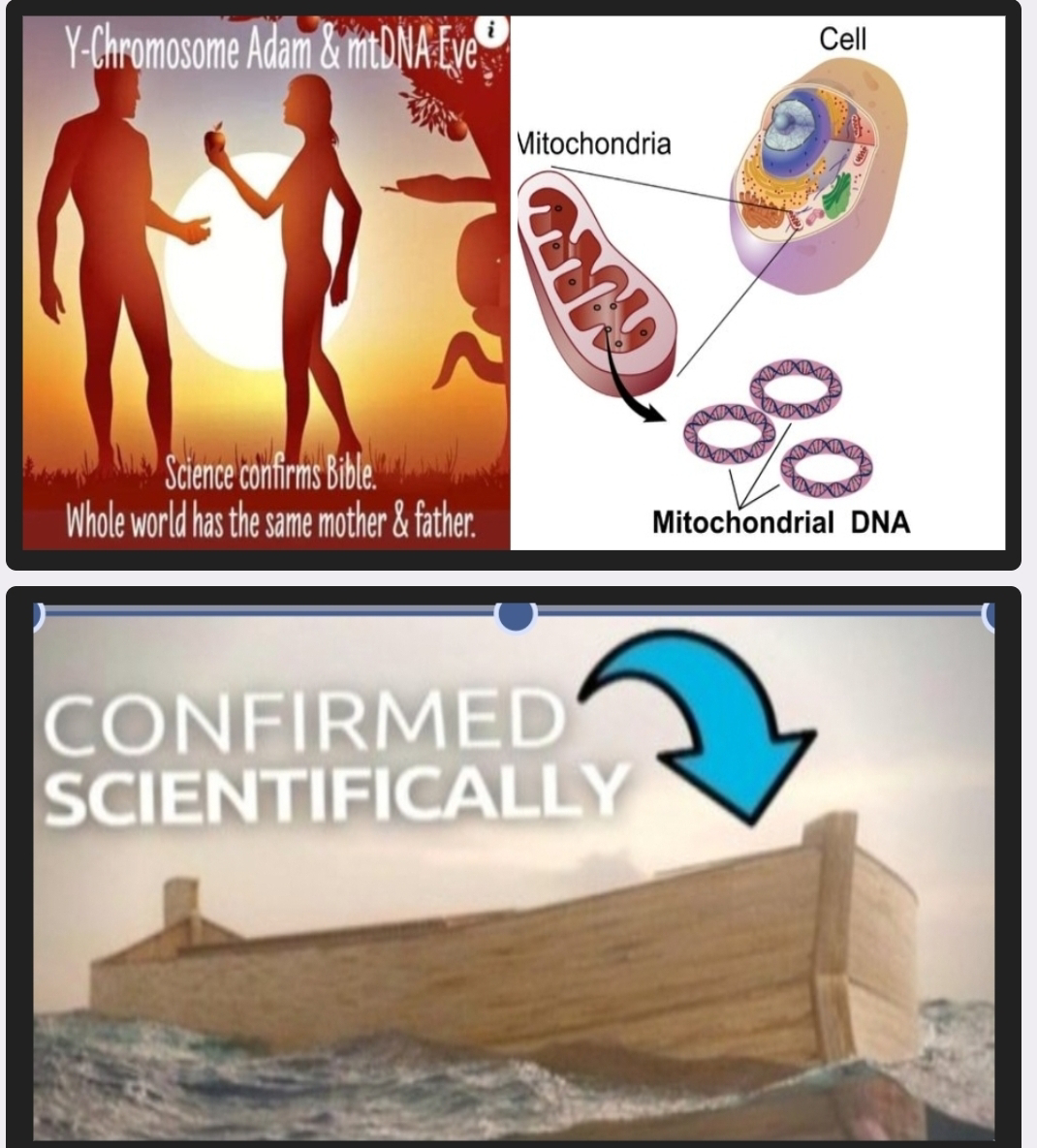The "One Genotype-One Phynotype" model of neo-Darwinism fails miserably
The article "The differential view of genotype–phenotype relationships" by Elena Esposito and Michel Morange argues that the genotype–phenotype (GP) relationship is best viewed as a connection between two differences, one at the genetic level and one at the phenotypic level. The authors point out that the GP relationship is not deterministic, and that the same genotype can give rise to different phenotypes depending on the environment. They also argue that the GP relationship is not linear, and that there can be multiple genes involved in the determination of a single phenotype.
The authors conclude that the differential view of the GP relationship provides a more accurate and nuanced understanding of the relationship between genes and traits. They argue that this view is essential for understanding the complex genetic basis of diseases and for developing effective treatments.
Here are some key points from the article:
The GP relationship is not deterministic. The same genotype can give rise to different phenotypes depending on the environment.
Same Genotype different Phenotype -Waddington diagram
The GP relationship is not linear. There can be multiple genes involved in the determination of a single phenotype.
The differential view of the GP relationship provides a more accurate and nuanced understanding of the relationship between genes and traits.
This view is essential for understanding the complex genetic basis of diseases and for developing effective treatments.
F Crick's Central Dogma proposing the One Gene One Phenotype model
The differential view of genotype–phenotype relationships challenges the one gene one phenotype theory of neo darwinism. The one gene one phenotype theory is based on the idea that each gene has a specific function, and that changes in the DNA sequence of a gene can lead to changes in the phenotype. However, the differential view of GP relationships argues that this view is too simplistic, as it ignores the complex interactions between genes and the environment.
The differential view of GP relationships argues that the phenotype is not simply the product of a single gene, but rather the product of a complex web of interactions between genes and the environment. These interactions can be very subtle, and they can vary depending on the environment in which the organism lives. As a result, it is often difficult to predict how a change in the genotype will affect the phenotype.
The differential view of GP relationships has implications for our understanding of evolution. If the phenotype is not simply the product of a single gene, then it is more difficult to explain how neo-Darwinian evolution can occur through the accumulation of small genetic changes. The differential view of GP relationships suggests that evolution is a more complex process than we once thought.
The differential view of GP relationships is still a relatively new concept, and it is not yet clear how it will be incorporated into our understanding of evolution. However, it is a promising new approach that has the potential to revolutionize our understanding of the relationship between genes and phenotype.
Here are some examples of how the differential view of GP relationships challenges the one gene one phenotype theory of neo-Darwinism:
Pleiotropy: Pleiotropy is the phenomenon where a single gene can have multiple phenotypic effects. This means that a change in the genotype can lead to changes in multiple phenotypes, making it difficult to predict how a change in the genotype will affect the phenotype.
Epistasis: Epistasis is the phenomenon where the effects of one gene can be influenced by the presence or absence of other genes. This means that the phenotype can be affected by the interactions between genes, making it difficult to predict how a change in the genotype will affect the phenotype.
Environmental effects: The environment can also have a significant impact on the phenotype. This means that the phenotype can be affected by the interactions between genes and the environment, making it difficult to predict how a change in the genotype will affect the phenotype.
The differential view of GP relationships provides a more realistic and accurate view of the relationship between genes and phenotype. It acknowledges the complex interactions between genes and the environment, and it recognizes that the phenotype is not simply the product of a single gene. This has important implications for our understanding of evolution, and it suggests that evolution is a more complex process than we once thought.
C.H. Waddington the father of epigenetics in the 1940s was the first to argue that genes do not directly determine phenotypes, but rather they influence the development of phenotypes by providing a range of possibilities. The actual phenotype that is expressed is determined by the interaction of genes with the environment.
Waddington used the concept of epigenetic landscape to illustrate his theory. The epigenetic landscape is a metaphorical representation of the developmental process. The landscape is a series of valleys and hills, with each valley representing a possible phenotype. The genes of an organism determine the location of the organism on the landscape, but the environment can push the organism to different valleys, resulting in different phenotypes.







Comments
Post a Comment